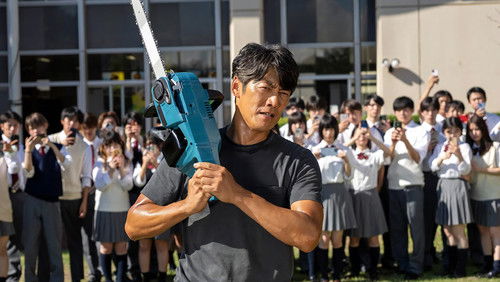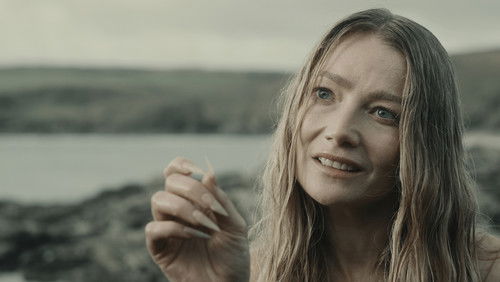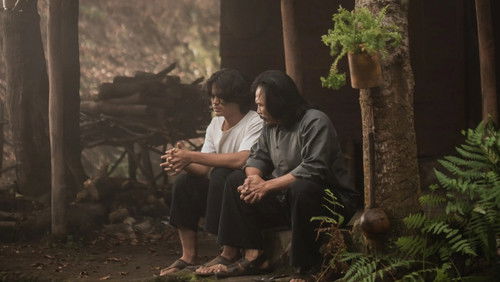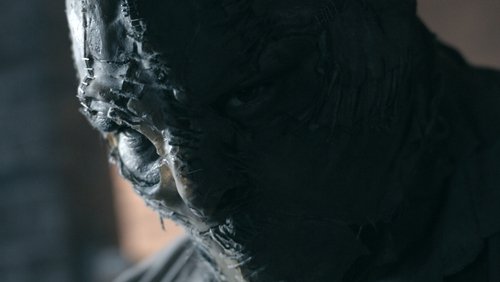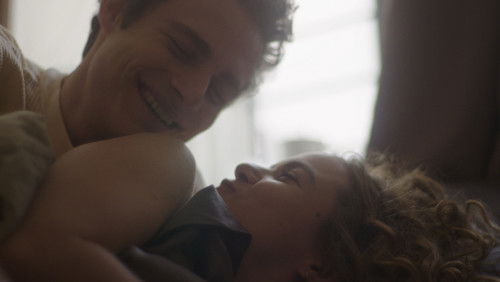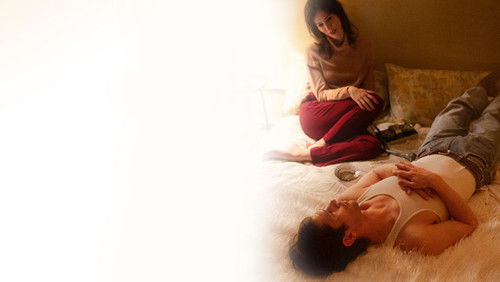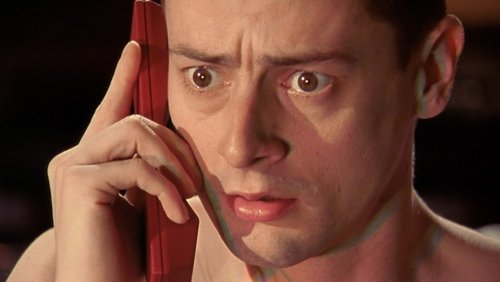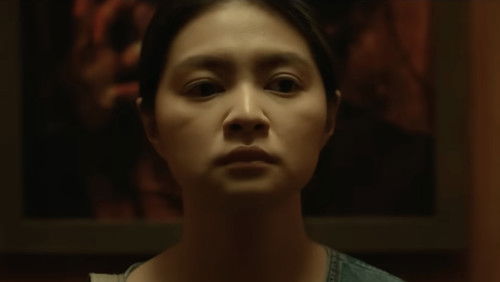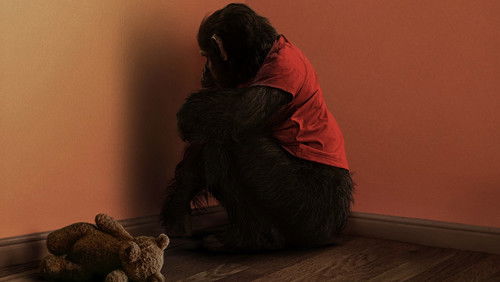28 Tage später (2002)
66K28 Tage später: Directed by Danny Boyle. With Alex Palmer, Bindu De Stoppani, Jukka Hiltunen, David Schneider. Four weeks after a mysterious, incurable virus spreads throughout the UK, a handful of survivors try to find sanctuary.
“Upon its release in 2002, u0026quot;28 Days Lateru0026quot; made lots of noise as critics called it the scariest film since u0026quot;The Exorcist.u0026quot; Indeed, the movie is quite terrifying. While zombie movies have since edged further towards the action-adventure genre, u0026quot;28 Daysu0026quot; remains unambiguous horror.u003cbr/u003eu003cbr/u003eDirector Danny Boyle creates this horrific energy through practical effects that strengthen a suspenseful atmosphere. One of the main ways that zombie movies have transitioned from horror to action in the 21st Century is the increased use of CGI. Nowadays, most on-screen zombies are depicted in massified, computer generated armies. u0026quot;28 Days Lateru0026quot; might be the last time that such infected antagonists look truly real – simply because they are actual actors dressed in decrepit makeup and dowsed in fake blood, moving jerkily against shaky frames for an unnerving effect.u003cbr/u003eu003cbr/u003eThe movie furthers this authentic energy through its sets. Like the zombies themselves, the deserted worlds in todayu0026#39;s post-apocalyptic movies usually appear digital. u0026quot;28 Days Later,u0026quot; however, was clearly shot on actual locations. The crew even emptied out massive parts of London to create a post-exodus city. This faithful depiction of a humanless planet makes it all the more believable and therefore eerie.u003cbr/u003eu003cbr/u003eIn other instances, the practical sets take the story to more intimate places. Dark hallways, abandoned buildings, and creepy hideouts all render the characters and viewers claustrophobic. Although the storyu0026#39;s zombie-creating virus is a global phenomenon (as emphasized in the vacant London sequences) these small-scale settings reinforce the fact that there is nowhere to run.u003cbr/u003eu003cbr/u003eFurthermore, the zombies are not of an overly high or low mimetic. They retain their human mortality, but are unconsciously resilient in their efforts to infect. Because of this, the movie doesnu0026#39;t overdo its zombies, making their selected appearances of greater significance and intensity.u003cbr/u003eu003cbr/u003eBoyle really does offer a master-class in how to create a zombie movie here. u0026quot;28 Daysu0026quot; is enthrallingly scary, visually compelling, and offers all the philosophical muses of post-apocalyptic survival without jamming them down the audienceu0026#39;s throat. While the characters could use a little more development, they are all believable enough, and each actor pulls his or her own weight.u003cbr/u003eu003cbr/u003eA couple cherries on top of this movie are John Murphyu0026#39;s music (u0026quot;In The House¬ – In A Heartbeatu0026quot; is a superb score) and its distinct Britishness. Like Robin Hardyu0026#39;s u0026quot;The Wicker Man,u0026quot; u0026quot;28 Days Lateru0026quot; would be somehow less effective if it werenu0026#39;t an English production. Watching a place as developed and orderly as the UK fall into disarray is uniquely uncanny, thus adding to the fear factor.u003cbr/u003eu003cbr/u003eIf only more films in this genre couldu0026#39;ve followed u0026quot;28 Days Lateru0026#39;su0026quot; lead in the past couple decades. Then, weu0026#39;d have more quietly brilliant zombie movies rather than unremarkable videogame imitations that prefer action-packed extremity to subtle cinematic thrills.”
